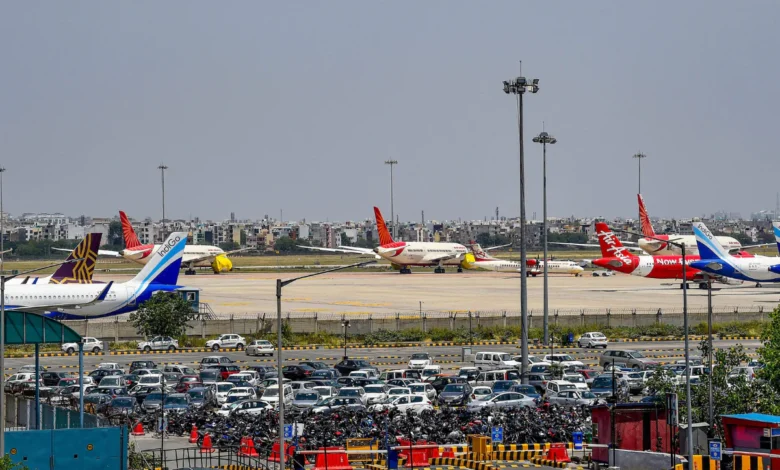India’s project ISHAN: Unifying skies for seamless tomorrow
India's airspace is currently divided into four Flight Information Regions (FIRs): Guwahati being an extra sub-FIR in addition to Delhi, Mumbai, Kolkata, and Chennai

India has embarked on a huge initiative called ISHAN (Indian Single Sky Harmonized Air Traffic Management), which is a historic step toward revolutionizing air transport. This project, which promises several advantages for both airlines and travelers, attempts to unify the nation’s dispersed airspace into a single entity. India’s airspace is currently divided into four Flight Information Regions (FIRs): Guwahati is an extra sub-FIR in addition to Delhi, Mumbai, Kolkata, and Chennai.
This division, which is run independently, has long advocated for a more coordinated strategy to effectively manage aviation traffic in the country. By combining the four FIRs into one continuous airspace that is overseen from a single site in Nagpur, ISHAN aims to overcome these issues. With domestic passenger traffic predicted to increase by 2030, this unification could improve efficiency, safety, and smoothness in air traffic operations.
Air traffic management (ATM) is expected to significantly improve as a result of the consolidation under ISHAN. Reduced flight durations, more direct routes, and less fuel usage are all things airlines can anticipate. The operational savings will translate into better punctuality and maybe cheaper ticket pricing for passengers. Transitioning to a single airspace is not without challenges, despite the obvious benefits. New policies must be created, existing procedures must be revised, and uniform technology must be adopted to complete the project. To guarantee a successful adoption, Air Traffic Control Officers (ATCOs) training will also be essential.
Air Marshal Anil Chopra has emphasized how ISHAN can lead to route flexibility, which will cut down on travel time and significantly lessen carbon emissions. In addition, he said that less work for air traffic controllers will result in a safer and more dependable aviation environment. The duties of regional controllers will be reorganized as a result of the centralization of coordination for domestic flights over 25,000 feet in Nagpur, providing a national overview of air traffic flow and emergencies.
International cases of effective unification of airspace exist. The European Union’s Single European Sky (SES) project is among the most prominent. Through minimizing delays, increasing capacity and safety, and reducing airspace fragmentation, the SES seeks to improve the effectiveness of air navigation services throughout Europe.
You might also be interested in – PM Narendra Modi launches ₹24,000 crore mission for India’s tribal communities



